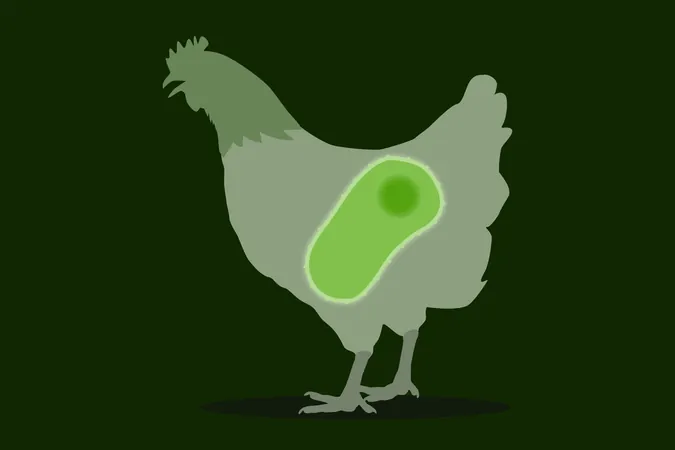
Unlocking the Future of SMA Treatments: What Lies Ahead for Patients
2025-04-11
Author: Ming
A New Era for Spinal Muscular Atrophy Therapy
The landscape of Spinal Muscular Atrophy (SMA) care is rapidly transforming, but major challenges still loom, especially for patients aged 2 and older who have missed out on early interventions. In an insightful interview, Dr. Julie Parsons, a leading expert in pediatrics and neurology at Children’s Hospital Colorado, shed light on these pressing issues, which include limited access to therapies, the fatigue experienced by young adults, reproductive health implications, and evolving SMA phenotypes.
The Unmet Needs of SMA Patients
According to Dr. Parsons, many individuals over 2 years of age have not received timely disease-modifying treatments, raising questions about therapy accessibility and specific concerns for aging patients. "For young adults, fatigue remains a significant, unmet challenge that we urgently need to address," she stated. Additionally, reproductive risks must be considered for SMA patients on treatment plans, especially as studies reveal that male patients might face fertility issues, while females may require specialized care during pregnancy.
Emerging phenotypes also pose new dilemmas, with some patients showing severe spinal issues even before the age of two. Bulbar complications affecting feeding and breathing become increasingly relevant as patients age, posing critical questions about the effectiveness of current therapies.
The Promise of Intrathecal Gene Therapy
One of the most exciting developments on the horizon is the potential of intrathecal gene therapy to revolutionize treatments for older SMA patients. While gene therapy like Zolgensma is currently focused on infants, intrathecal options could offer a single, powerful treatment modality for those beyond early childhood.
Dr. Parsons emphasized that although the safety and efficacy of this therapy must be thoroughly assessed, the possibility of reduced immune responses could make it a promising alternative.
Hailing the STEER Study: Insights and Breakthroughs
The ongoing STEER study is paving the way for new insights into intrathecal gene therapy. This randomized, controlled trial is targeting nonambulatory patients aged 2 to 18 who have not previously received treatment. Early results indicate significant improvements in motor function, as measured by the Hammersmith scale.
The study's findings will be crucial in determining how well younger and older patients respond to the treatment, particularly in light of varying SMN2 copy numbers.
Looking Ahead: Combination Therapies and the Evolution of SMA Care
As the SMA treatment arena evolves, Dr. Parsons predicts a shift towards combination therapies rather than a one-size-fits-all solution. With ongoing trials for muscle-enhancing therapies alongside gene modulation treatments, the future may hold a robust selection of options.
"We are entering an era where treatments need to be diversified, especially for patients who haven't had a robust response to previous therapies," she added. As newborn screening allows for earlier interventions, the long-term effects of these treatments will become clearer.
Ultimately, multidisciplinary care remains foundational for enhancing the quality and longevity of life for SMA patients. As we unlock future therapies, the hope is for a wider array of effective options to dramatically improve outcomes for those living with Spinal Muscular Atrophy.




 Brasil (PT)
Brasil (PT)
 Canada (EN)
Canada (EN)
 Chile (ES)
Chile (ES)
 Česko (CS)
Česko (CS)
 대한민국 (KO)
대한민국 (KO)
 España (ES)
España (ES)
 France (FR)
France (FR)
 Hong Kong (EN)
Hong Kong (EN)
 Italia (IT)
Italia (IT)
 日本 (JA)
日本 (JA)
 Magyarország (HU)
Magyarország (HU)
 Norge (NO)
Norge (NO)
 Polska (PL)
Polska (PL)
 Schweiz (DE)
Schweiz (DE)
 Singapore (EN)
Singapore (EN)
 Sverige (SV)
Sverige (SV)
 Suomi (FI)
Suomi (FI)
 Türkiye (TR)
Türkiye (TR)
 الإمارات العربية المتحدة (AR)
الإمارات العربية المتحدة (AR)